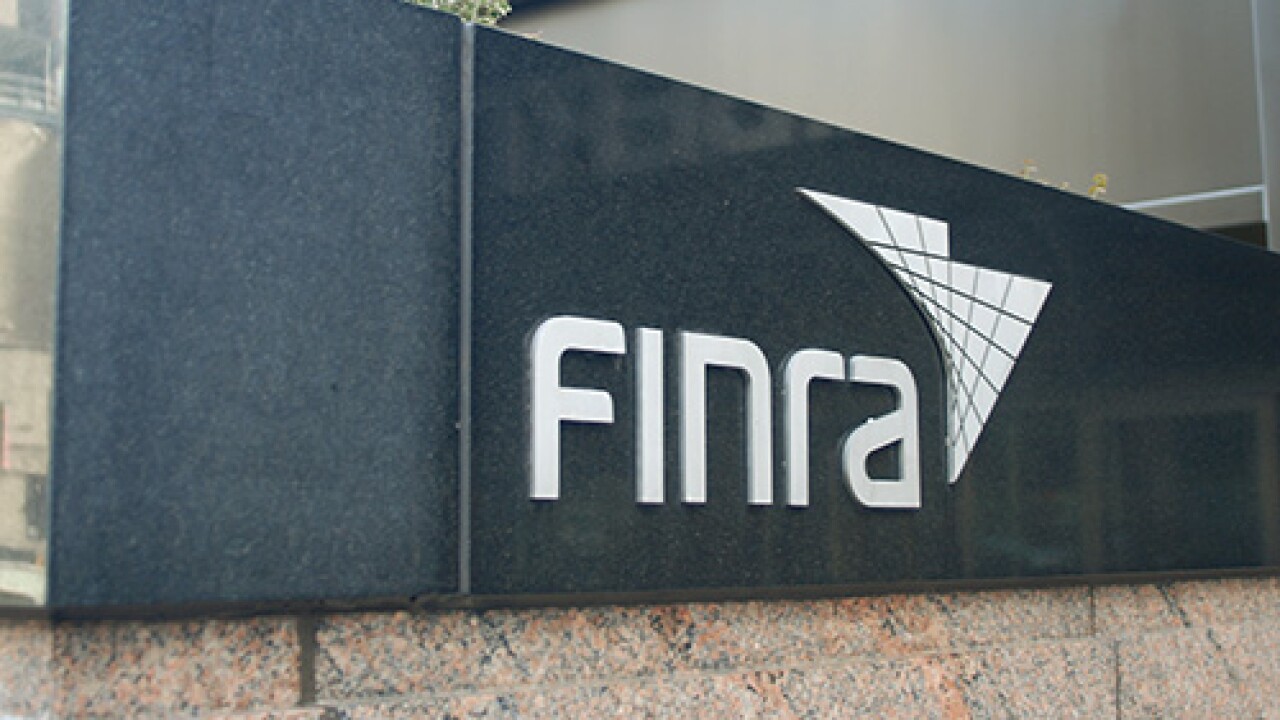
DALLAS -- Maryland's proposed $2.5 billion Purple Line light rail system would increase the area's annual household income by $2.2 billion and generate an additional $635 million a year in federal, state, and local taxes, according to a study commissioned by proponents of the project.
The Purple Line public-private partnership project would spur an economic development and jobs boom along its 16-mile route across the northern suburbs of Washington, D.C., from New Carrollton to Bethesda, said Arthur Metcalf, an economist and president of Transportation Economics & Management Systems, Inc. who authored of the 81-page study.
An update of a report released in 2010, the study was sponsored by Montgomery and Prince George's counties as well as the Greater Washington Board of Trade.
The improved access to transit would attract the attention of high-paying tech firms and substantial interest from federal agencies, such as the FBI, looking for office space near Washington, he said.
"The economic stimulus of the Purple Line is going to be very substantial," said Metcalf. "It's basically an economy that is looking for a stimulus from an east-west corridor."
New and relocated businesses that come into the area due to the Purple Line would bring in 25,000 new jobs and increase property values by $11 billion in the two counties and the District of Columbia, according to the study.
George Leventhal, president of the Montgomery County Council, said the Purple Line would drive the area's economy in the future.
"It could not be clearer from this study and everything we know and understand that this is the smartest investment we can make," he said. "If we want to send a signal that Maryland is open for business, the best way to do it is to proceed with the Purple Line."
Gov. Larry Hogan postponed a decision on whether to proceed with the Purple Line soon after taking office in January. Hogan, who termed the project as an expensive boondoggle during the campaign, asked the potential private investors look for ways to reduce the cost of the proposed system.
On Feb. 20, the Maryland Department of Transportation agreed to the four bidders' request for a delay in bid submissions so they could propose cost-cutting measures on the planned rail line. Hogan said he would review the changes and decide the fate of the project by mid-May. If the project proceeds at a lower cost, the investors' final bids would be due Aug. 19.
Maryland Transportation Secretary Peter Rahn said the governor might reduce the Purple Line trains' frequency or even kill the whole project if the price tag isn't low enough, but will not change the route or build it in phases.
"The governor has asked me to keep an open mind and make a recommendation to him," Rahn said. "It always comes down to costs and how you pay for it."
Four private partnership groups are vying for the concession to build and operate the Purple Line for 35 years in exchange for availability payments of up to $200 million a year. The selected partner will invest up to $900 million in the project.
The system could be operational by 2020 if construction gets under way later this year.
The line, with 21 stations, would connect with the Washington Metropolitan Area Transit Authority's Metro system and Amtrak's passenger rail service.
The Obama administration has promised $900 million for the project through the Federal Transit Administration's New Starts grant program. The fiscal 2015 budget provides $100 million and another $100 million has been proposed in the president's fiscal 2016 budget request.
Maryland is seeking a $732 million federal Transportation Infrastructure Finance and Innovation loan for the project in addition to the New Starts grant.
Other funding may include up to $760 million from the state transportation trust fund and $240 million from the two counties.





